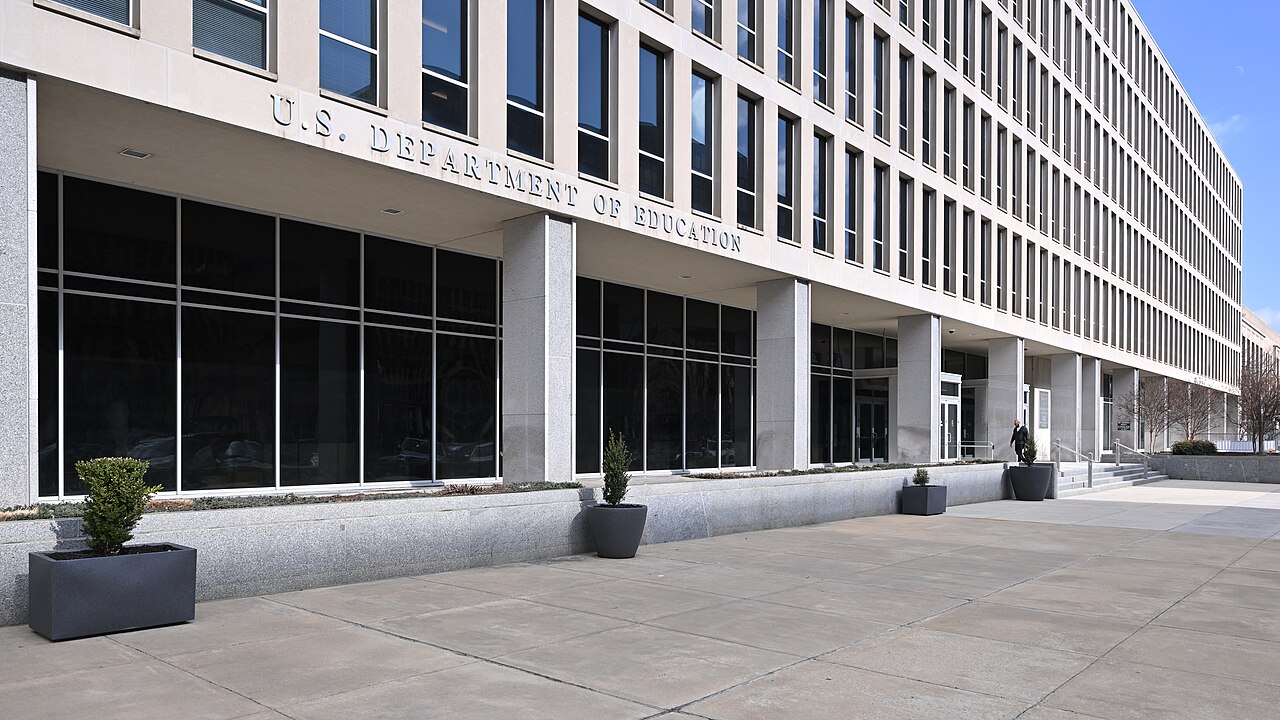US President Donald Trump’s administration released on Friday the previously frozen over $6 billion in funding to schools nationwide, which supports English language learning, after-school care for working parents, adult literacy, and other programs.
The School Superintendents Association (AASA) welcomed the news, expressing gratitude that the funds would be distributed to schools. According to a national survey by the AASA of over 600 superintendents, respondents were concerned that without the funding, they would be forced to terminate certain school programs, such as extracurriculars and tutoring.
The freeze was challenged by a lawsuit filed in mid-July by over 20 states. The plaintiffs brought the lawsuit against the Department of Education (ED) and Office of Budget Management (OMB), seeking declaratory and injunctive relief. Leading up to the lawsuit, the ED had sent an email on June 30 to the plaintiffs that said “decisions have not yet been made” on the funds anticipated for the incoming year.
Congress had already allocated the funds in the form of grants and directed that the grants be disbursed by July 1. The lawsuit alleged that the freeze was unconstitutional under the separation of powers and the Presentment Clause. The plaintiffs argued that the administration’s “unlawful actions” resulted in “chaos” in their education systems.
Ten Republican senators, led by Shelley Moore Capito, chair of the Senate Appropriations subcommittee that oversees education spending, sent a letter to the Trump administration, protesting the funding freeze, in mid-July.
In the letter, the senators highlighted the benefits the funding brings to their states’ education systems:
The programs are ones that enjoy longstanding, bipartisan support like after-school and summer programs that provide learning and enrichment opportunities for school aged children, which also enables their parents to work and contribute to local economies, and programs to support adult learners working to gain employment skills, earn workforce certifications, or transition into postsecondary education.
With the disbursement of these funds, schools across the nation should enjoy the funding support for the programs they’ve been accustomed to.
